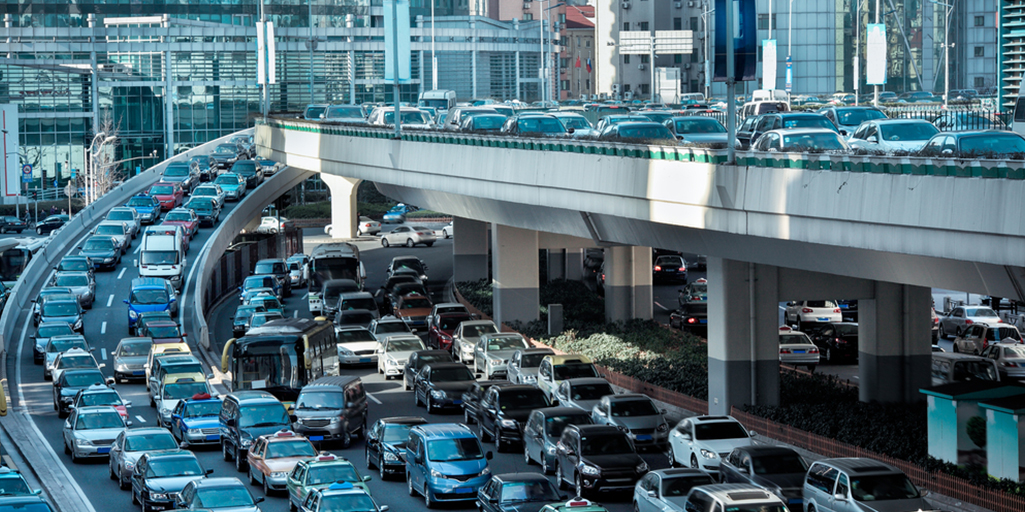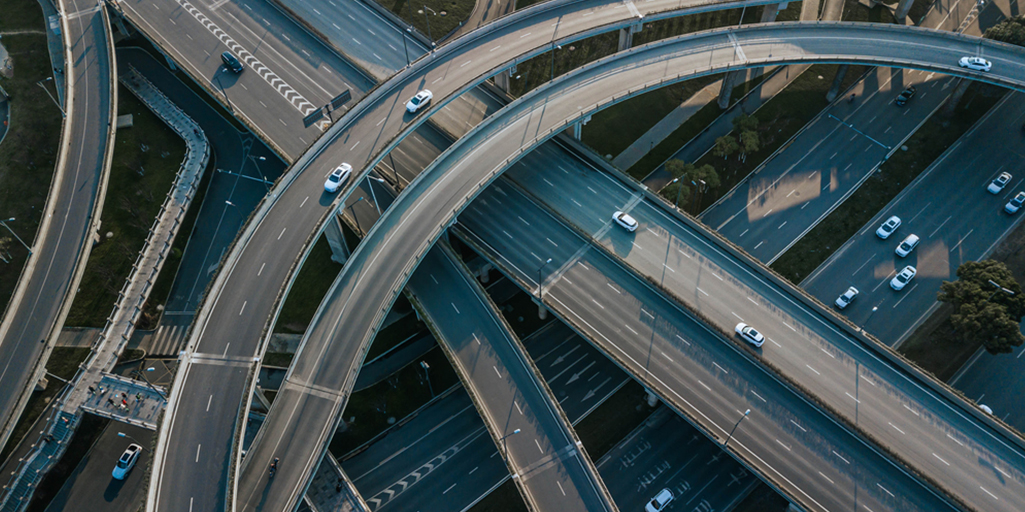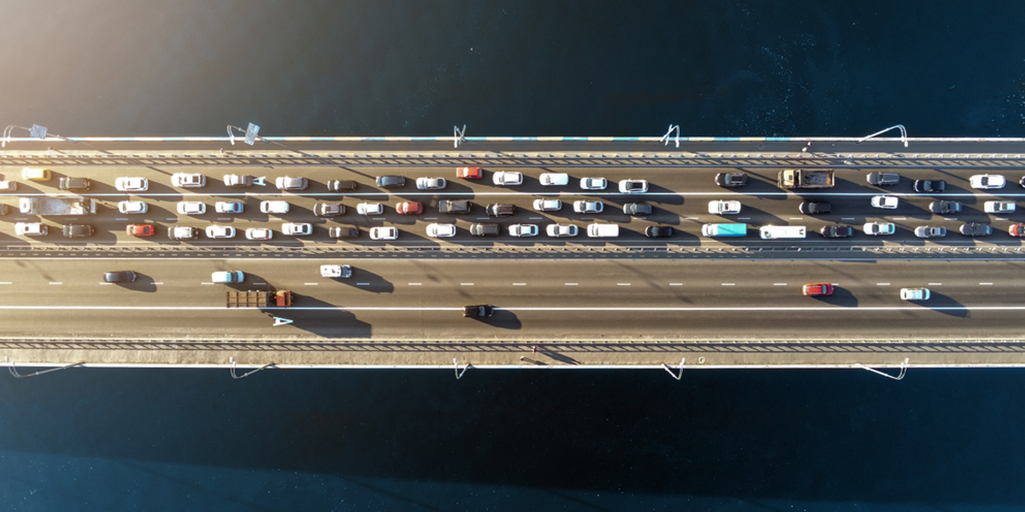Traffic jams are a historic concern that is not solved by increasing space, but by implementing a plan encompassing new legislation and increased environmental awareness.
The music cuts out when the radio broadcasts traffic news. Cellphones collapse as everyone searches for alternative routes. And drivers’ eyes sharpen when traffic information displays warn that there are traffic jams ahead. Traffic jams are a constant worry, especially for city-dwellers, who deal with them on a daily basis. They are discussed at work, when planning a group trip, and on TV, before a holiday period.
It is an issue that involves the whole population and that even politicians and urban planners deal with as part of their job. The paradox is that many seemingly reasonable solutions end up having negative consequences. One of these is to increase the number of lanes, providing more space, so that cars are not bunched together. However, this proposal, known as the Iron Law of Congestion, the Lewis – Mogridge Position, and Triple Convergence, is counterproductive. Why? Because it creates a false sense of space and attracts more vehicles.

This has been observed in megalopolises like Los Angeles, in the United States, where spending hours stuck in a traffic jam is almost a rite of passage. There, the expansion of motorways led to a series of behaviors that outweigh their supposed advantages. What happened is that those who used to get up early to avoid traffic stopped doing it, those who took secondary roads began to use the main road, and those who had opted for other means of transportation like bikes and motorbikes began to use their cars. One of the observations made by the city council was that adding 10% of road capacity leads to a short-term increase of traffic of 3% to 6%. In the long term, the increase stands between 6% and 10%.
Thinking that more asphalt decreases traffic jams is, according to a well-known simile, like punching a new hole in your belt to lose weight. The thing to do, both for weight loss and for traffic, is to lay out a generic plan, a strategy that encompasses environmental concerns, the careful use of public funds, and citizens’ wellbeing. And that involves a change of social paradigm that works slowly, but whose results are beginning to be seen, at least in the minds of some leaders.
According to Jorge Ordás, deputy director of Mobility and Technology Management at the Dirección General de Tráfico (DGT), we are at a point of renewal of the cycle “both at a general level and also in the field of mobility.” “Everything is changing; mobility in cities is beginning to transform with the emergence of new means of transport, multimobility, urban freight distribution, etc. And technology and new advances are bringing us connected vehicles, infrastructures that can talk to vehicles, self-driving vehicles, and, even, in a more distant future, flying vehicles. The future of mobility is yet to be built, but it is important that we start to lay the first bricks.”

These first steps are being taken slowly. Some measures have been implemented and new scenarios have been explored, such as that imposed by the Covid-19 pandemic, with lockdowns and telecommuting. But concerns are still there. “If we look at history, people have always worried about traffic, even before the invention of the automobiles, with animal- and human-traction vehicles,” says Ordás. These worries, he adds, centered on the idea of traffic becoming chaotic and later became what we know as road safety.
“With the development experienced by Spanish society in the 1960s, 70s and 80s, the number of vehicles increased among the middle class, and the roads went through a Modernization Plan. It was not until the 1980s that the first highways began to be built. In addition, traffic problems were at their worst during the holiday periods, when most of the population left their homes on the same day, and at the same time, so the capacity of the old roads, most of which were undivided, was not enough for the number of vehicles using them,” he explains.
Based on those circumstances, and in that particular context of Spain, but also seen in other similar nations, one of the early solutions to traffic jams was developed, although it has now been proven to be unsuitable. “Until years ago, the main solution that was adopted was to build kilometers and kilometers of roads, most of them undivided, so that there was a road network connecting the main cities of Spain. But the influx of vehicles during busy periods caused traffic jams on the main roads to and from the cities,” says Ordás.
According to Ordás, technological progress changed things. “Obviously, they have helped to alleviate in some way or minimize those legendary traffic jams from the 1980s that we all remember, and which are increasingly less frequent.” Still, he says, plans continue to be made to reduce traffic and make more than just traffic jams disappear. Increasing the number of lanes is not among the list of options to achieve this.

“It is not sustainable, in terms of space and cost. It can be useful for very specific and seasonal periods. What we have to do, with the infrastructures we have, is manage the flow of traffic so that it is as smooth and safe as possible,” he says. “The challenge we face now is the daily rush-hour commute. The access routes to large cities are full of vehicles carrying only one person. This is not sustainable, and we have to redesign the cities we want, so that people living outside cities, if they are not given a public transport option, can cover their mobility needs without having to opt for a private vehicle,” he adds.
Traffic is not only inconvenient and potentially dangerous, but it also generates pollution and obstacles for other services. According to Ordás, they lead to “a huge loss of human and economic resources that is detrimental to society as a whole.” Hence, the deputy director of the DGT, along with other experts, advocates for a series of specific points to sort out the problem. The most important are to encourage the use of public transport and carpooling, organize traffic flow by license plate, charge for parking, give priority to low-emission vehicles and individuals and work on aspects that are not strictly speaking about traffic, such as staggering work schedules and keep offering workers the chance to telecommute.
“Everything helps. For example, it has been found that telecommuting reduces traffic, and we have seen this in action recently, with the NATO Summit and Covid health crisis,” says Ordás, for whom public transport is “key and non-negotiable.” “Reducing emissions is something we must do if we want future generations to live in a world where they can breathe. And, regarding fines: obviously education, information and raising awareness is important, but, if we tell people things and keep them informed and they still fail to follow the rules, given that we live in a society, the only option left is to fine them,” he concludes.